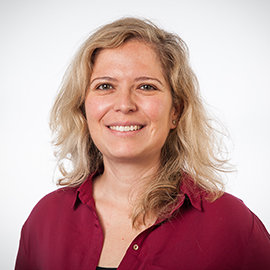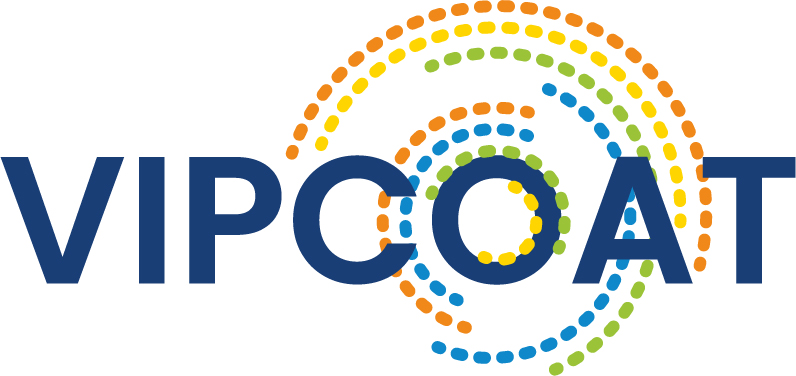Materials scientists join forces to fight corrosion
Finding new ways of protecting metal surfaces against corrosion: that is the aim of corrosion researchers Peyman Taheri, Yaiza Gonzalez-Garcia and professor Arjan Mol from the Department of Materials Science and Engineering. They are joining forces with 11 parties from 7 different countries to accelerate the sustainable development and production of corrosion protection technologies. Last month, they launched VIPCOAT – the ‘Virtual Open Innovation Platform for Active Protective Coatings Guided by Modelling and Optimization’. This is a new H2020 project that will help engineers develop and test protective coatings.
Urgency
The replacement of the use of hexavalent chromium with the application of green chemistry is urgent now because of the stringent international regulations. This is becoming a high-priority development for various application areas including the aircraft industry. Within VIPCOAT, TU Delft is working closely with AkzoNobel on the development of ‘green corrosion inhibitors’, which are environmentally friendly and non-toxic chemicals that are incorporated into coatings and released when the coating becomes damaged and can thus still provide corrosion protection at scratches and cracks in the coating. In VIPCOAT, physical-chemical corrosion and transport models are combined with artificial intelligence models to optimise the production of corrosion protective coatings for industry. It requires close collaboration between theorists with experimentalists to optimally match the input and output of both worlds.
Arjan Mol, professor Corrosion Technology and Electrochemistry: ‘For many years, both industry and academia have been working hard to develop alternatives to hexavalent chromium protection technologies. Theoretically, an infinite number of alternative chemical combinations are conceivable to replace hexavalent chromium, and experimental optimisation is essentially an unfeasible task. This project provides an exceptional opportunity to combine and integrate the data available to date as well as new data in the knowledge and application chain from universities, knowledge institutes and coating manufacturers to the end user in the aircraft industry in a model-based way in order to develop optimal protection technology.’
VIPCOAT
The European Union is funding VIPCOAT for four years with 5.5 million euros within the Nanotechnologies, Advanced Materials, Biotechnology, and Advanced Manufacturing and Processing (NMBP) programme. TU Delft and AkzoNobel are collaborating on the project with partners Helmholtz-Zentrum Hereon (project coordinator), Airbus, Wikki Limited, Fraunhofer ITWM, Smallmatek – Small Materials and Technologies, the Norwegian University of Science and Technology, the Luxembourg Institute of Science and Technology, SINTEF, Elsyca and Vrije Universiteit Brussel. Read more: www.vipcoat.eu

Y. (Yaiza) Gonzalez Garcia

P. Taheri



